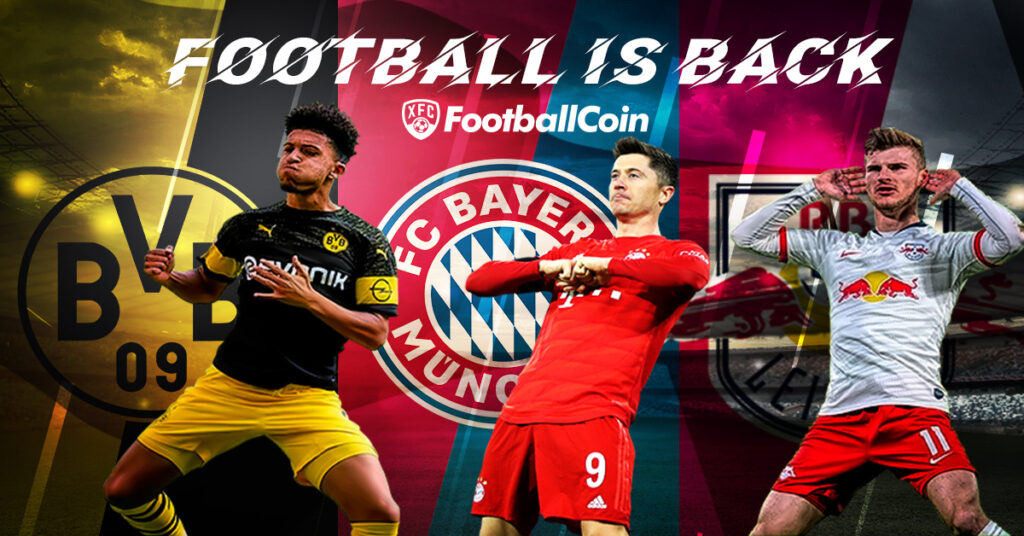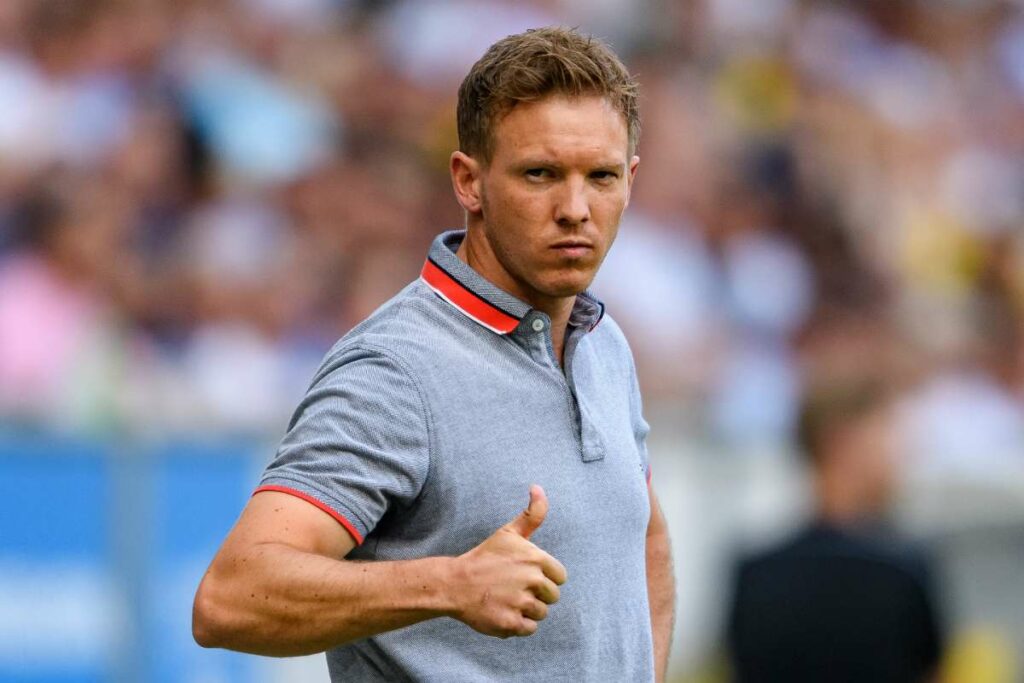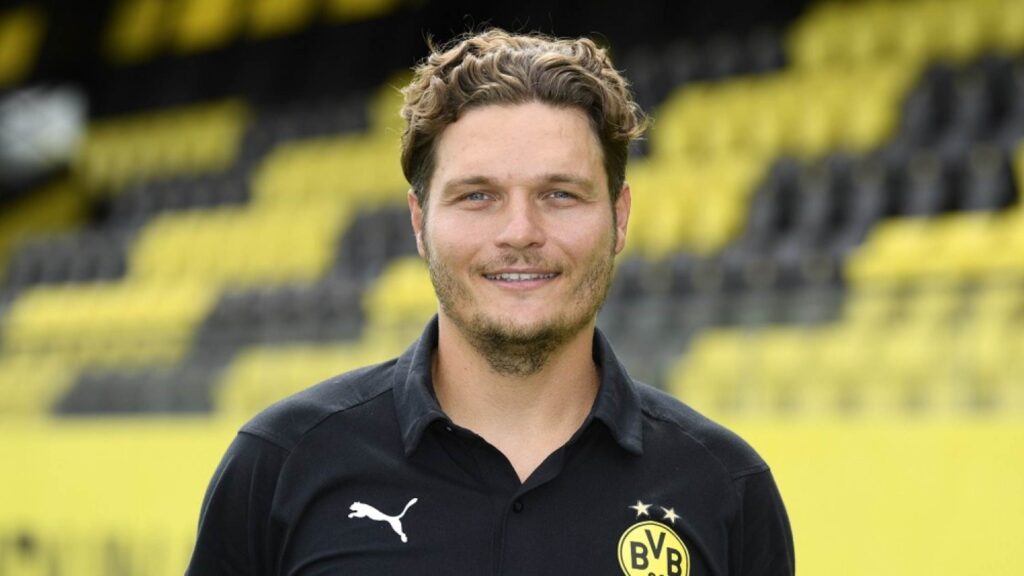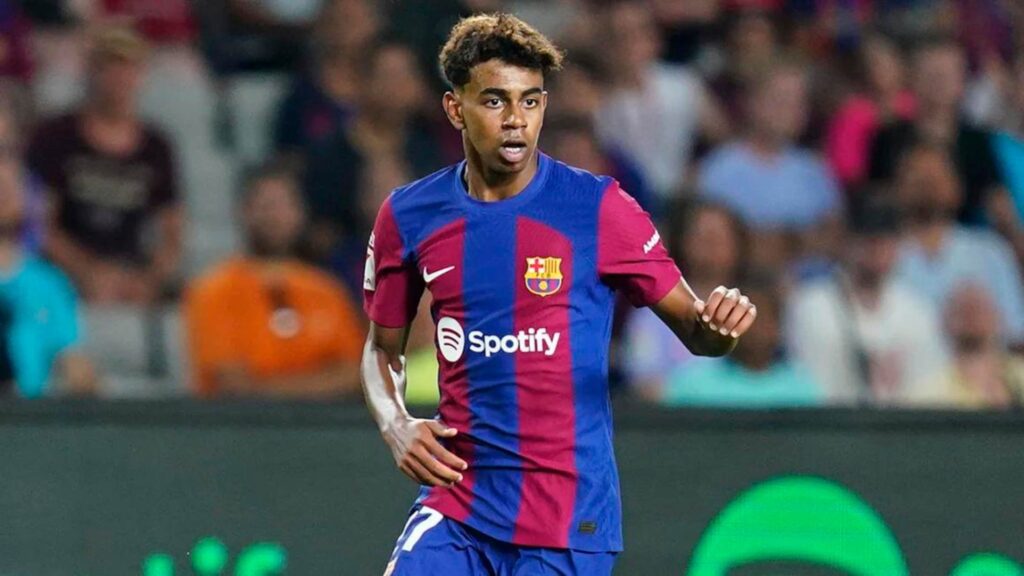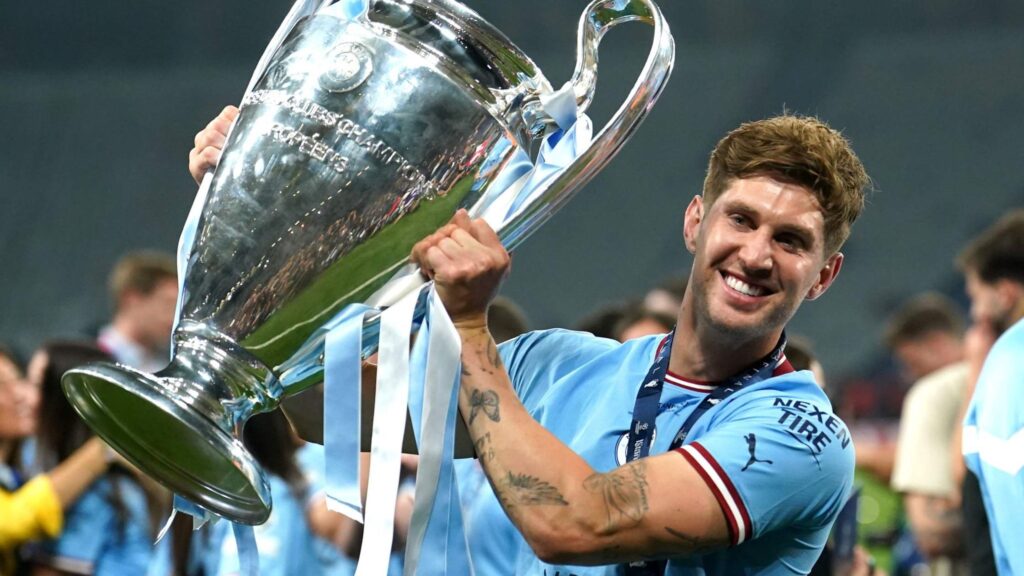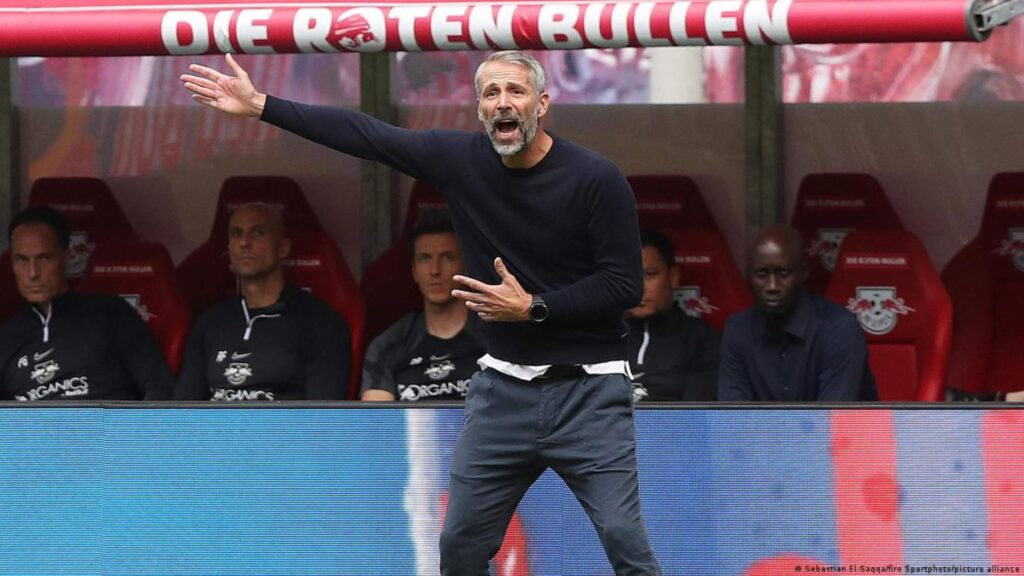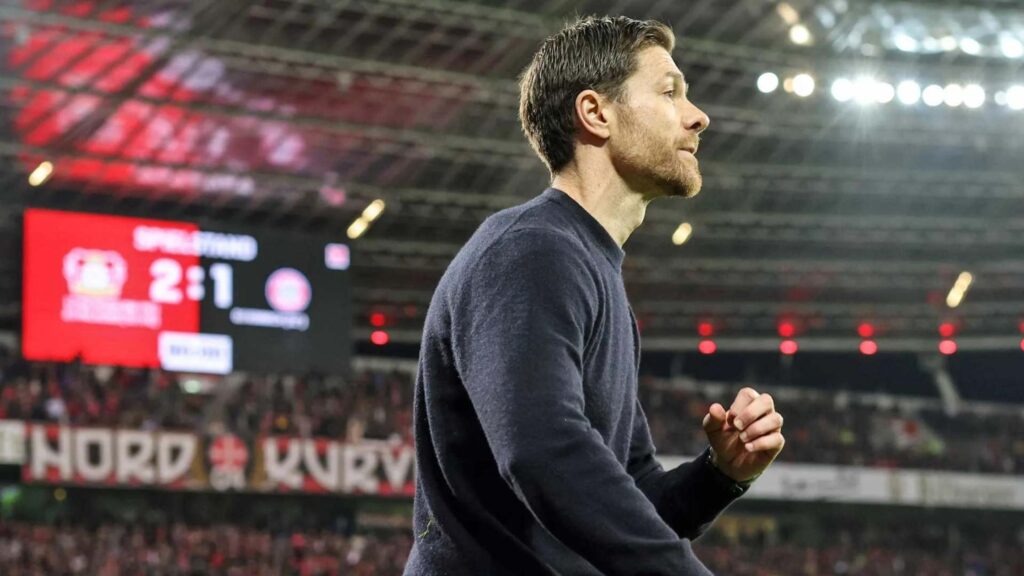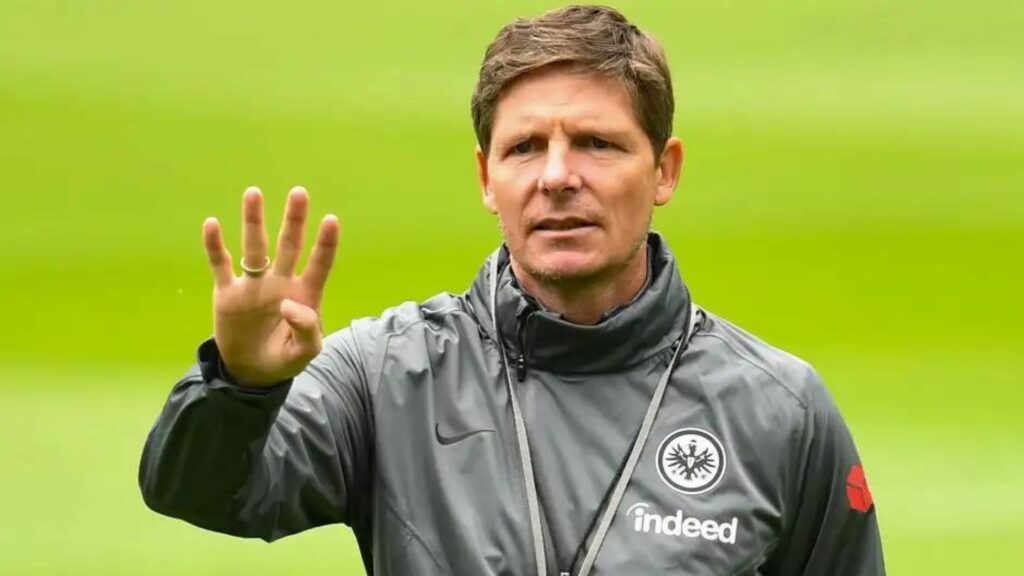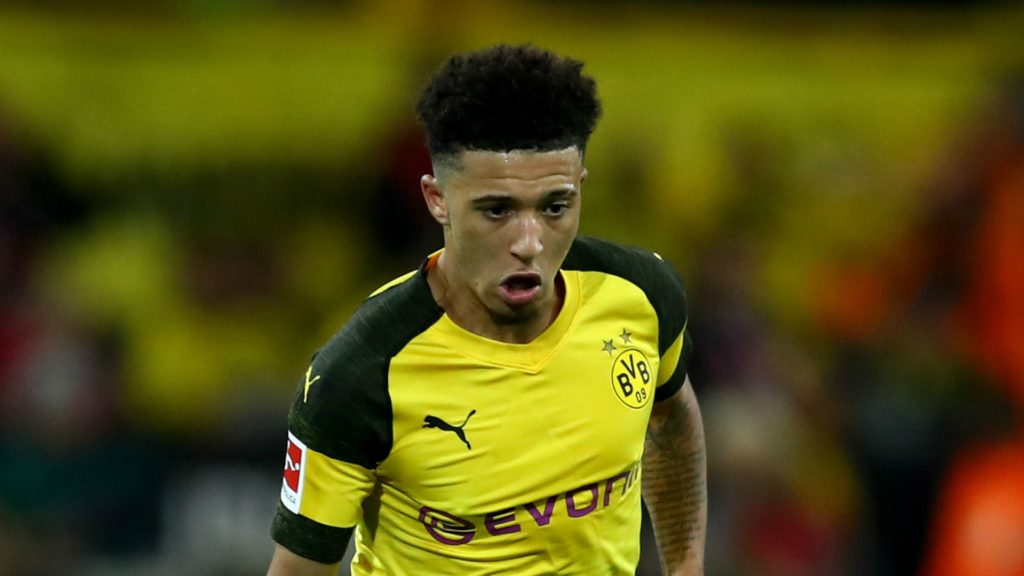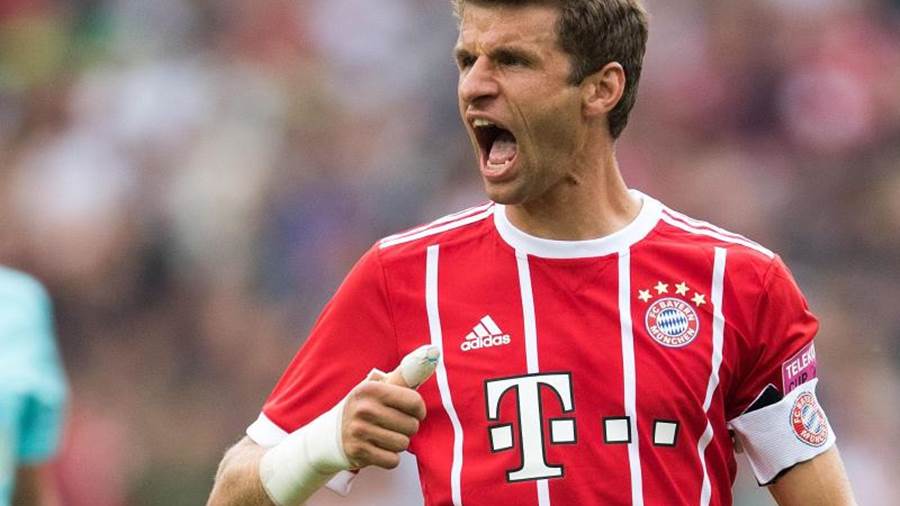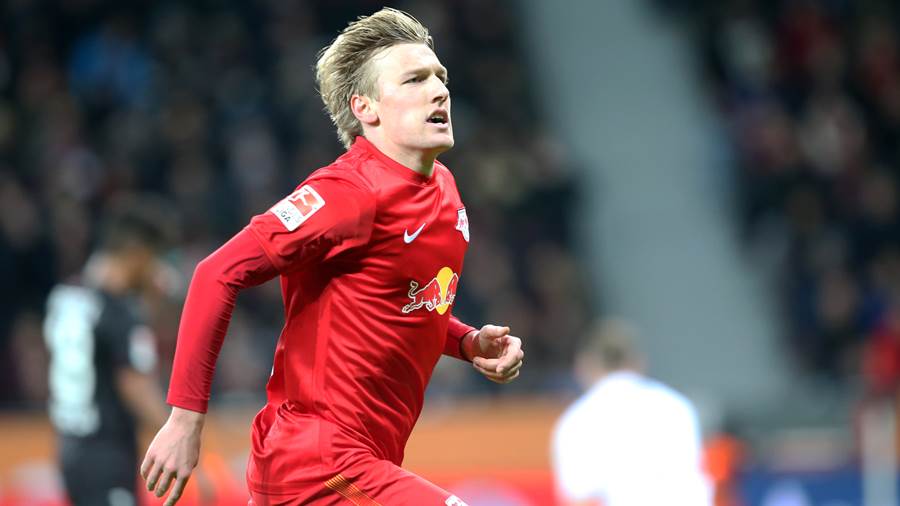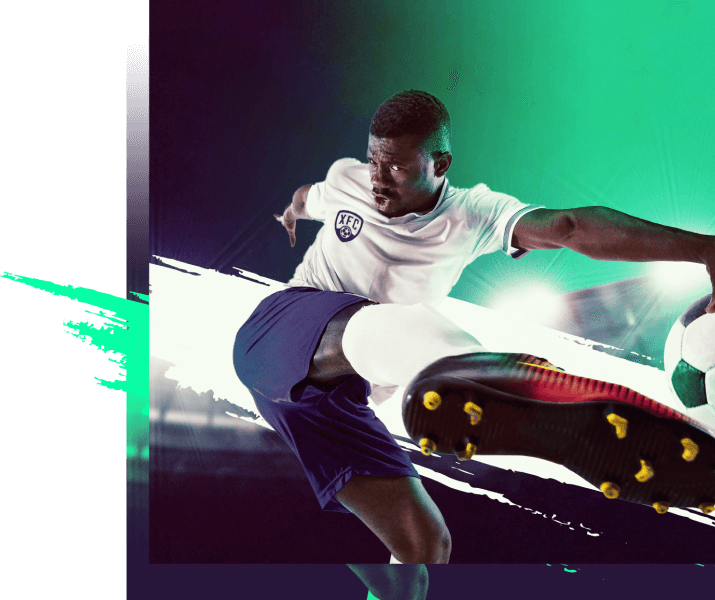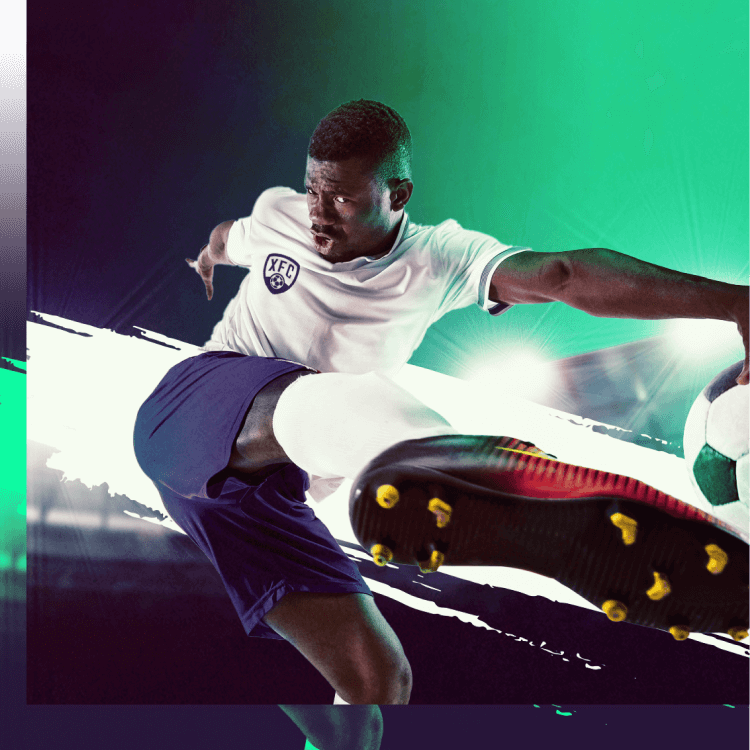Julian Nagelsmann is the enfant terrible of football management, who by his early 30s is already managing RB Leipzig, one of the most exciting, as well as controversial, teams in the Bundesliga. Here are the tactics and strategies that have gotten Nagelsmann so much attention from football’s elite.
Julian Nagelsmann’s style

It’s impossible to simply gloss over the hype that accompanied Julian Nagelsmann upon his appointment as manager of RB Leipzig. Although never playing football professionally, by age 27, Nagelsmann had already earned a managerial position in the Bundesliga. He was employed by 1899 Hoffenheim and almost instantly earned a reputation as a masterful tactician with football wisdom way exceeding his age.
The young manager’s approach saw Hoffenheim FC change from a team stuck in a relegation battle, to a team playing in the Champions League by 2017. Then, as now, Nagelsmann’s playing philosophy is based on positive, attacking football.
Many have drawn comparisons between the young manager and Thomas Tuchel, who Julian Nagelsmann worked with early in his career. Both like to have their teams play direct passing football and depend on their players’ physicality to press relentlessly.
His success with 1899 Hoffenheim served to show that Nagelsmann was ready to challenge for silverware. In RB Leipzig, the manager found a club whose ambitions matched his own. And, although known for a certain brand of football, Nagelsmann has proven capable of altering his tactics, from one match to another, to suit Leipzig’s challenges this season.
RB Leipzig’s tactics and formation

Julian Nagelsmann, as opposed to other modern managers, likes to have his teams remain malleable. That is why he does not use a single formation or style of play. This could be a risky move, were it not for the tactical intelligence displayed by his players.
Still, Nagelsmann’s preferred formation is the 3-4-1-2. Here, the central defenders will play in a straight, wide, line, often using the offside rule to their advantage. Essential to the system is the use of double pivots. Konrad Laimer and Diego Demme will act as a cover for the defense when possession is lost. When attacking, usually, one of them will advance to create passing opportunities for the forwards, while another will play as a ball-winning midfielder.
Another aspect that is vital to this strategy is the use of pressing attackers. Timo Werner and Yussuf Poulsen will often be hassling defenders in a bid to force them to play risky, long balls forward. Leipzig’s pressing strategy for the 2020 campaign looks to have been adapted from Ralf Rangnick’s tactics used in previous terms.
Against tougher opponents, Nagelsmann may adapt his formation to a 5-3-2-. Here, wide players will take on wing-back duties. Marcel Sabitzer will play behind the forwards, looking to block potential passes. Attackers, again, will press defenders and attempt to keep the ball in the opposition’s half.
Some principles of this strategy are also used when Nagelsmann chooses a 4-2-4 formation that emphasizes short width, high pressing, and the attacking flair of players like Emil Forsberg.
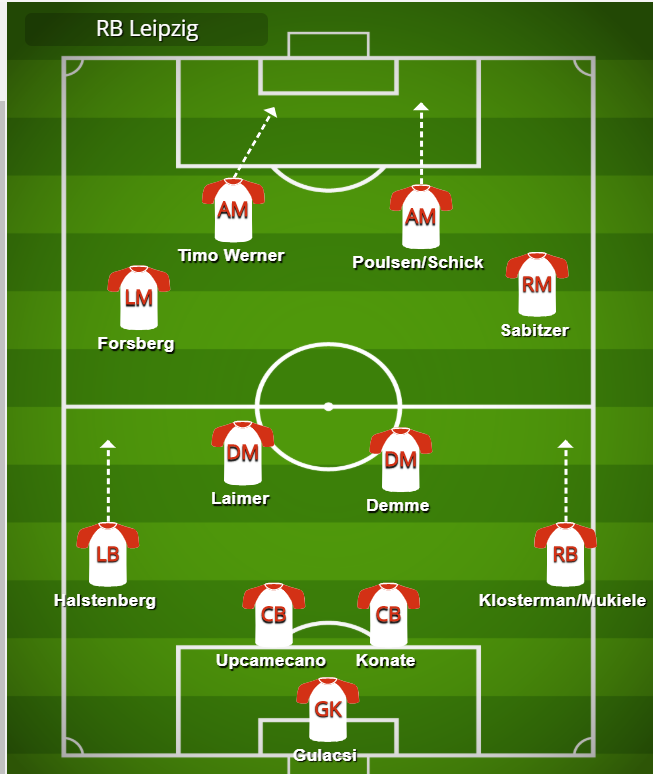
RB Leipzig in attack
Occasionally, RB Leipzig will begin to build up at the back. Then, Demme or Laimer will drop down to receive a pass from the central defenders. Wider players will be instructed to move forward. In this way, opposition defenders are stretched out having to mark them, and Leipzig’s players receive additional passing options.
But, beyond anything, Leipzig’s 2019/2020 season, is defined by the use of vertical passes. Nagelsmann looks to get the ball as quickly as possible in the the last third and players are instructed to use direct passes to do so.
Forsberg, Werner, or Poulsen will, often occupy space between opposition lines and prepare runs into space, looking to latch on to a direct pass. In the final phase of buildup, Leipzig likes to play through the center of the pitch, while overloading the area. Marcel Sabitzer or Christopher Nkunku will play the ball vertically, to the attackers’ feet.
RB Leipzig in defense

Playing for Julian Nagelsmann’s RB Leipzig is not a job for a roster of players easily fatigued. The manager employs an exhausting counter-press system. Once the ball is lost, two or three players will look to quickly regain it, while their teammates try to move back into their defensive shape.
The three central defenders tend to play wide, but their strength is enforced either by the two defensive midfielders or by the wide players that move into wing-back roles. The central defenders are usually Dayot Upamecano, Lukas Klosterman, and Marcel Halstenberg.
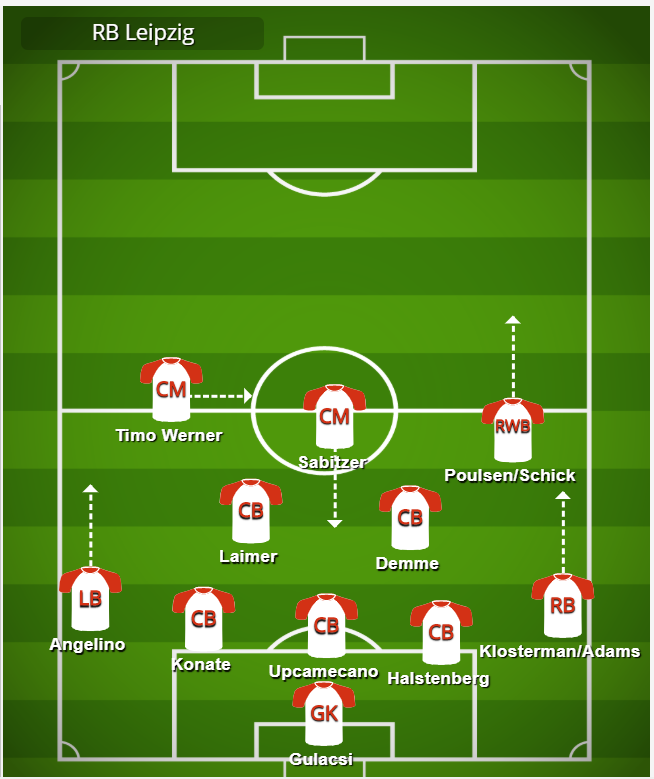
Leipzig’s record against top teams
Julian Nagelsmann has been, simply put, groomed for greatness. His arrival to RB Leipzig is meant to signal the team’s ambitions of winning the Bundesliga title.
RB Leipzig, while being a highly controversial team in Germany because of its corporate partnerships (unhidden on the team’s official jersey), is also a club that benefits from a large budget, a sound transfer policy, a growing contingent of fans in the stadium stands.
So far, RB Leipzig has lived up to expectations, keeping their title ambitions alive against Borussia Dortmund and Bayern Munchen. Leipzig is undefeated this season against their biggest two rivals. The team’s attacking style has, also, guaranteed results against lower-tier opposition. As a result, ticket sales at the Red Bull Arena in Leipzig have been on the up and up.
Nagelsmann has also guided Leipzig FC’s squad to an impressive Champions League campaign, winning a group that included fixtures against Zenit St. Petersburg, Benfica, and Olympique Lyon.
What does the future hold for Julian Nagelsmann and RasenBallsport Leipzig? While the club may have its critics, the shy is the limit for both the team and its manager. Julian Nagelsmann has proven the hype about him right and few would question his status as one of football’s greatest minds.
